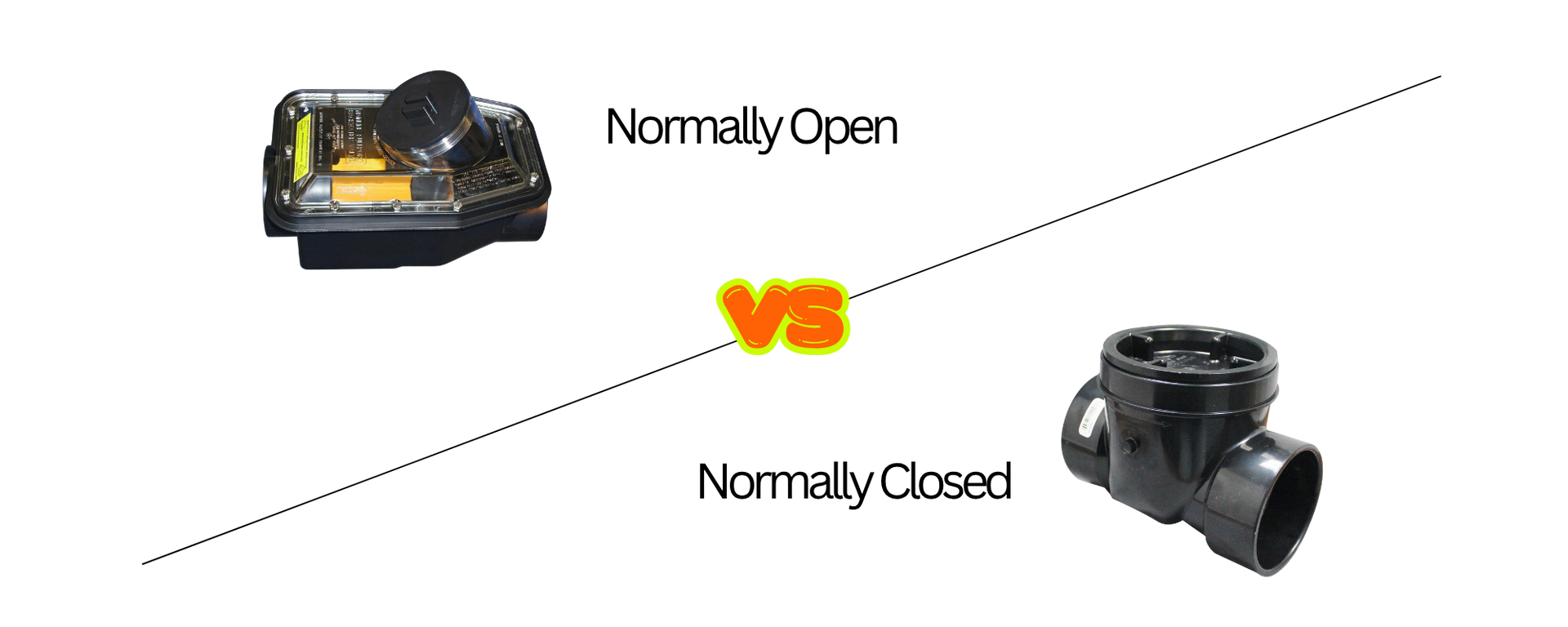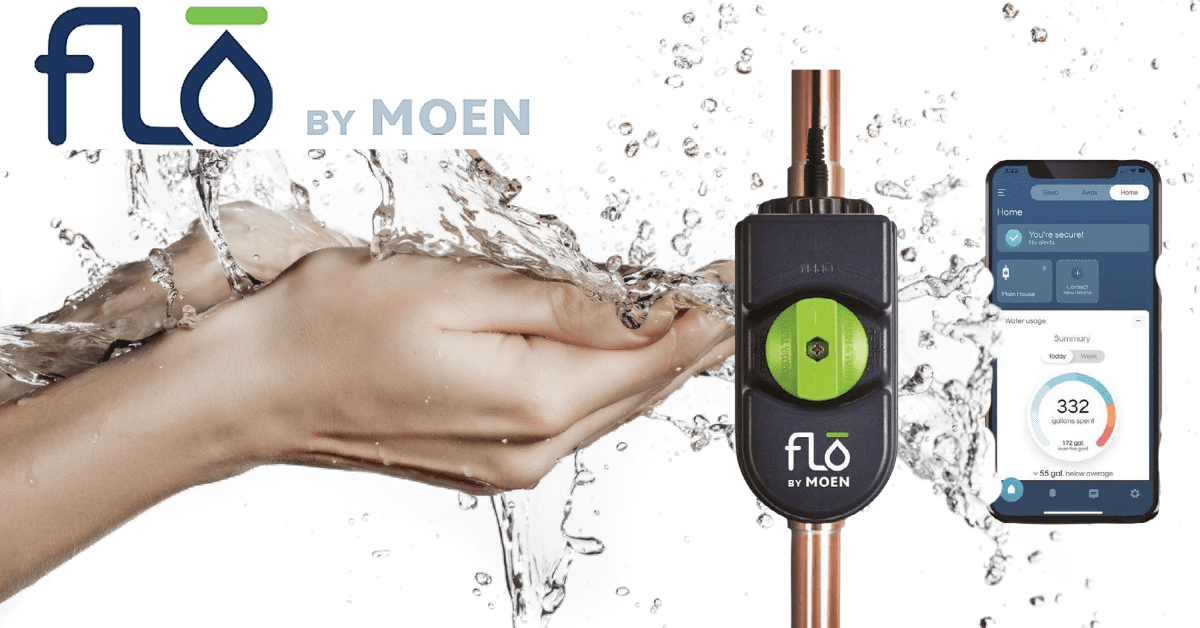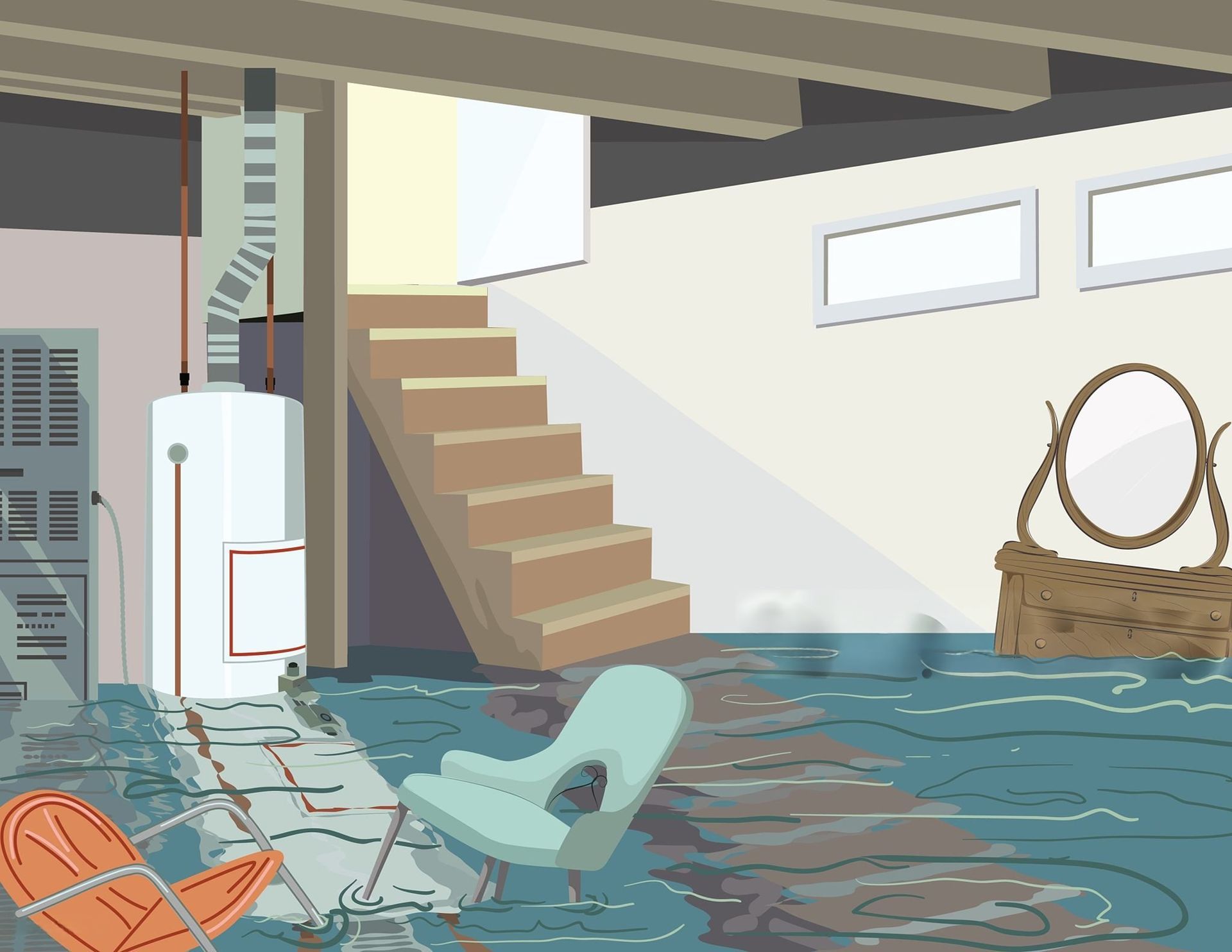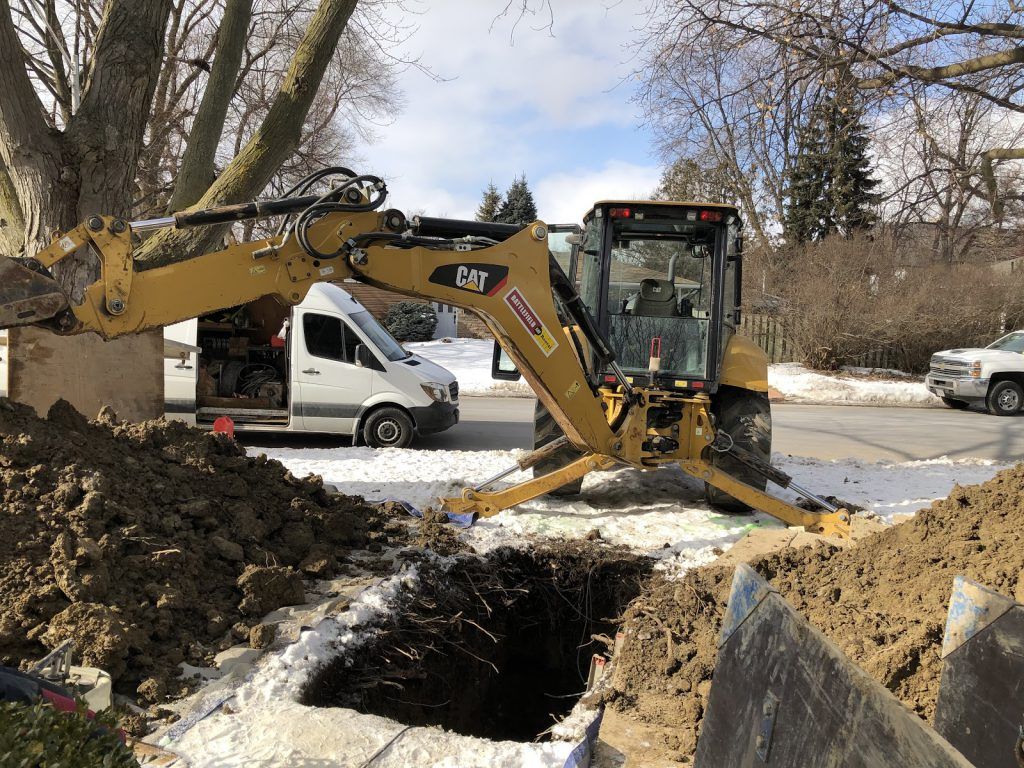Wipes: What not to flush
🚽 Wipes: What Not to Flush — and Why It Matters for Your Plumbing
In recent years, “flushable wipes” have become a popular household item. Marketed as convenient, clean, and safe to flush, these products often give homeowners a false sense of security.
Here’s the truth:
🚨 Flushable wipes are one of the leading causes of main drain blockages in residential plumbing systems — costing homeowners thousands of dollars in damage, emergency repairs, and even major flooding.
As plumbers, we see wipes in drains every single week. Whether the packaging says “flushable,” “septic-safe,” or “biodegradable,” wipes should never be flushed down the toilet.
💧 Why “Flushable” Wipes Aren’t Flushable
Unlike toilet paper, which is designed to disintegrate rapidly in water, wipes are made from tough synthetic fibers (like polyester and polypropylene) that do not break down in the plumbing system.
This causes several problems:
- Wipes accumulate inside pipes, snagging on joints and rough surfaces.
- They tangle together and combine with grease, hair, and other debris to form massive blockages.
- Once they reach the main building drain, they can create stubborn obstructions that require excavation, hydro-jetting, or even full re-piping to fix.
🧻 Toilet paper breaks down within minutes. Wipes can stay intact for months — and they catch everything behind them.
🏠 Common Consequences of Flushing Wipes
Flushing wipes may seem harmless at first, but the problems build up over time. Here’s what can happen:
1. Main Drain Blockages
Wipes often get stuck in bends, tees, or transition points in the main drain line, creating a solid obstruction. This can stop your entire home’s drainage system.
2. Sewer Backup and Flooding
When a main blockage occurs, wastewater has nowhere to go — backing up into floor drains, tubs, and showers. Basement flooding from sewage is extremely costly to clean and repair, often leading to drywall removal, flooring replacement, and disinfection.
3. Pipe Damage and Re-Piping
Over time, wipes can put pressure on weakened or older pipes, causing cracks or collapses. In some cases, entire sections of pipe must be replaced or excavated to remove the clog and restore flow.
4. Expensive Emergency Calls
Unlike a simple sink clog, main drain blockages caused by wipes usually require professional plumbing intervention — often after-hours, which means premium rates and disruption to the entire household.
🚫 Other Items You Should Never Flush
Wipes aren’t the only offenders. To keep your plumbing system healthy, never flush:
- Paper towels or napkins
- Feminine hygiene products
- Cotton swabs or pads
- Dental floss
- Hair
- Cat litter or pet waste bags
- “Flushable” cleaning cloths or disinfectant wipes
❌ If it’s not toilet paper or human waste, it doesn’t belong in the drain.
🧺 The Simple Solution: Use a Trash Can
The best way to prevent wipe-related blockages is simple:
- Keep a small trash can next to the toilet.
- Dispose of wipes and other items in the trash, not the drain.
- Educate everyone in the home, including kids and guests, about what can and cannot be flushed.
This one small habit can save thousands of dollars in plumbing emergencies and prevent major disruptions to your home.
🧰 What We See as Plumbers
As professional plumbers, we clear wipe blockages constantly. In many homes, it starts with slow drains and occasional gurgling, then progresses to full backups.
We’ve excavated pipes packed solid with wipes that have been building up for months — sometimes requiring full re-piping of main drains or sewer excavation to restore flow.
The packaging may say “flushable,” but from what we see in the field every day, wipes do not break down, and they cause real, expensive damage.
📝 Final Thoughts
Despite their marketing claims, flushable wipes are not safe for your plumbing system. They’re one of the top causes of blockages, sewer backups, and major repairs in homes today.
The rule is simple:
🚽 Toilet paper only. Everything else goes in the trash.
Taking this small precaution can prevent flooding, costly plumbing repairs, and major disruptions to your home.





